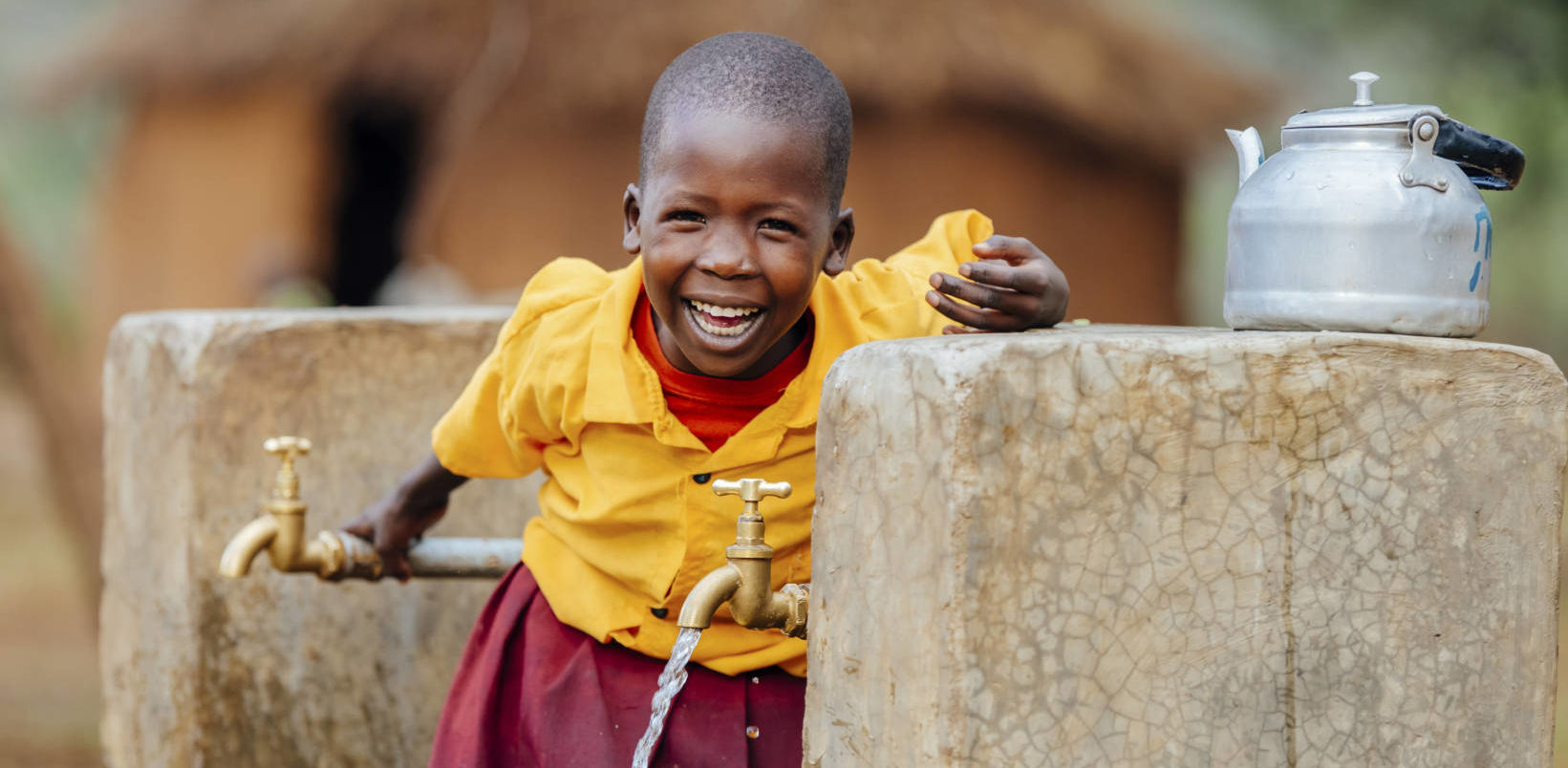The global water crisis affects millions of people worldwide, with 771 million people lacking access to clean water. Let’s break this topic down — in photos and videos.

People are struggling to access the quantity and quality of water they need for drinking, cooking, bathing, handwashing, and growing their food.

Every day, more than 800 children under 5 die from diarrhea caused by contaminated water, poor sanitation, and unsafe hygiene practices.

1.69 billion people live without access to adequate sanitation.

494 million people defecate in the open.

The United Nations recognizes the importance of addressing the global water crisis each year on World Water Day, March 22.

But women and children who daily walk for water deserve to be remembered every day of the year.


Women and girls spend an estimated 200 million hours hauling water every day.

World Vision is the leading nongovernmental provider of clean drinking water in the developing world.
World Vision is reaching one new person every 10 seconds and three more schools every day with clean water.

We’re celebrating the achievement of our goal of helping 20 million people around the world get access to clean water.

World Vision partners with Sesame Workshop, the nonprofit educational organization behind Sesame Street, to help protect children from illness caused by dirty water and poor sanitation.
We focus on ensuring that the extremely poor — including people with disabilities — in rural areas with the greatest disease burden have access to clean water, improved sanitation, and hygiene behavior change promotion.

An independent study showed that nearly 80% of wells drilled by World Vision continued to function at high levels even after 20 years, thanks largely to our community engagement model.

By providing hygiene behavior change support and sanitation facilities, such as latrines and handwashing stations, we multiply the health benefits of clean water by helping to reduce the spread of illness and disease.

More than 1,200 World Vision water, sanitation, and hygiene (WASH) professionals and thousands of development professionals live and work in communities worldwide to co-create solutions that last.

